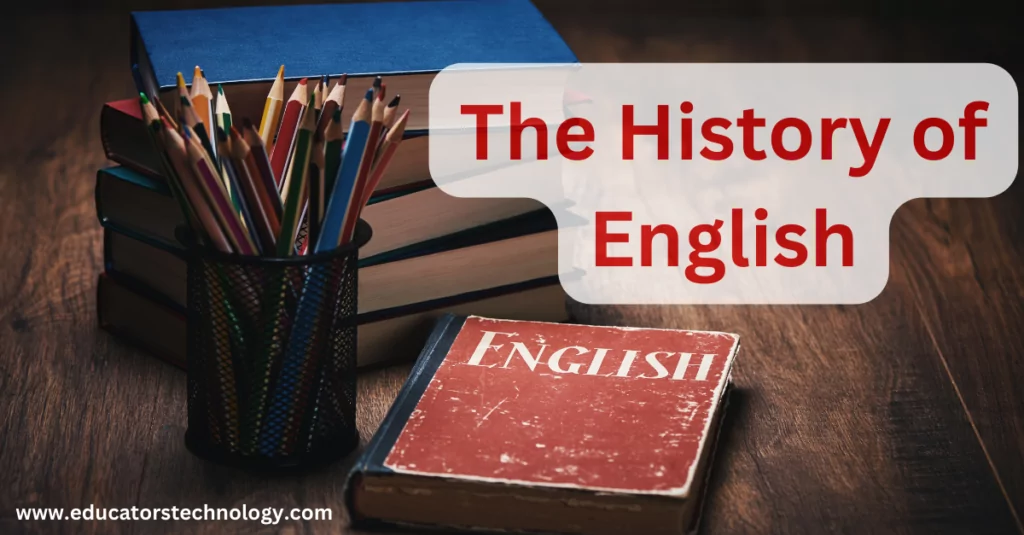Are you looking for a fun and engaging way to teach your students about the evolution of the English language? The History of English in Ten minutes has you covered. This is a dynamic YouTube video that provides an intriguing and easily digestible summary of how English has evolved and adapted over time.

This resource is incredibly valuable as it not only educates but also entertains, ensuring your students stay engaged and interested throughout the lesson. The video takes the viewer on a journey through key historical periods, major cultural influences, literary contributions, and the effects of globalization and technology on the language.
It covers everything from the Anglo-Saxon beginnings, through the impacts of the Norman Conquest, Shakespeare, the King James Bible, the British Empire, the rise of science, to the influence of American English, and finally to the era of the Internet. It brilliantly illustrates how the English language has been continually changing, absorbing from different languages, and expanding its vocabulary.
The lively presentation style and accessible content make it a perfect tool to use in class, allowing students to understand the rich and complex history of the English language in a simplified and engaging way. This video is also an excellent springboard for further discussions and activities around the history and evolution of English.
Show the video, inspire discussions, and enrich your students’ understanding of the English language. Let’s bring the history of English to life in our classrooms!
Summary of the “The History of English in 10 Minutes”
“The History of English in 10 Minutes” is a brief rundown of how the English language evolved through different periods of history, cultures, and influences.
Chapter 1 talks about the Anglo-Saxon influence on the English language after the Romans left Britain, introducing common everyday words and the names of four days of the week. The influence of Christian missionaries and the Vikings is also highlighted.
Chapter 2 discusses the impact of the Norman Conquest in 1066, which brought the French language and numerous new words into English, establishing French as the language of official business and Latin in the Church.
Chapter 3 highlights the contribution of William Shakespeare who invented around 2000 new words and phrases, enriching the English language with his innovative and emotional literary expressions.
Chapter 4 covers the influence of the King James Bible in 1611, which popularized numerous metaphors and phrases, influencing how English is spoken today.
Chapter 5 addresses the rise of science in the 17th century, prompting the invention of new words to describe novel discoveries. This period also saw the shift from Latin to English in scientific discourse.
Chapter 6 discusses the global spread of English through the British Empire, which picked up words from different regions of the world, thus leading to the development of new varieties of English.
Chapter 7 discusses the era of dictionaries and lexicographers, with Dr. Samuel Johnson’s dictionary and the Oxford English Dictionary playing crucial roles in standardizing spelling and word meanings.
Chapter 8 focuses on the evolution of American English, which adopted words from Native American languages and various immigrant groups, and later influenced British English.
Chapter 9 explores the impact of the internet, which brought about a new era of abbreviations and short forms, highlighting the adaptability and evolution of the English language in digital communication.
Chapter 10, the final chapter, illustrates the global reach of English, highlighting its adaptability in incorporating words from more than 350 languages, becoming a global institution despite its complicated written alphabet and spelling system. The influence of different dialects of English around the world, such as Hinglish, Chinglish, and Singlish, is also addressed.




